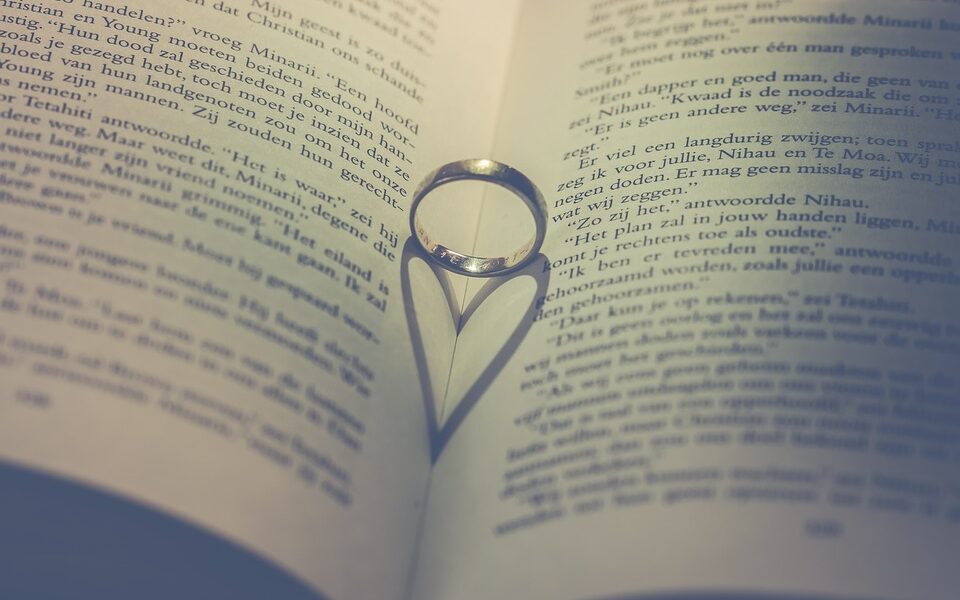From White Gowns to Fitted Tuxedos: The Evolution of Traditional Marriage Attire
Throughout history, wedding attire has been a symbol of cultural and societal norms, reflecting the values and customs of the time. From white gowns to fitted tuxedos, the evolution of traditional wedding attire has undergone significant changes over the centuries.
In ancient times, weddings were simple ceremonies held in the home, and the bride’s attire was often a reflection of her social status. Wealthy brides wore extravagant garments made from expensive fabrics, while poorer brides wore simple dresses made from basic materials such as linen or cotton. In most cases, the gowns were not white, as white was associated with mourning, and red was the color of choice for brides in many cultures.
Fast forward to the 19th century, when Queen Victoria popularized the white wedding gown. In 1840, the queen wore a white lace gown for her nuptials to Prince Albert, and soon brides began to emulate her style. White was now considered to be a symbol of purity and innocence, and wedding dresses began to feature long sleeves, high necklines, and full skirts.
As the 20th century arrived, wedding attire continued to evolve, and the trend for white gowns persisted. However, the silhouette of the gown changed, as the “flapper” style of the 1920s gave way to the more fitted, streamlined look of the 1930s and 40s.
The 1950s saw the return of the full skirt with the introduction of the ball gown wedding dress, while the 60s and 70s saw a more casual approach to wedding attire, with brides opting for mini dresses, jumpsuits, and pantsuits.
In the 1980s, Princess Diana brought back the idea of the fairytale wedding with her elaborate, meringue-style gown, and the tradition of wearing a veil was revived. The trend for big, puffy dresses continued well into the 90s, but by the turn of the millennium, a sleeker, more streamlined look had taken over.
Today, wedding attire has become more diverse and inclusive, reflecting the modern values of equality and individuality. Brides are no longer confined to wearing white and can choose dresses in any color or style they like, from bohemian gowns to vintage-inspired designs. Similarly, grooms are no longer limited to classic tuxedos or suits but have the freedom to express their personalities through their choice of attire.
In conclusion, the evolution of traditional wedding attire from white gowns to fitted tuxedos has been a journey through time, reflecting the changing values and norms of society. While some traditions remain, today’s wedding attire is more diverse and inclusive, allowing couples to express their individuality and celebrate their love in whatever style they choose.









